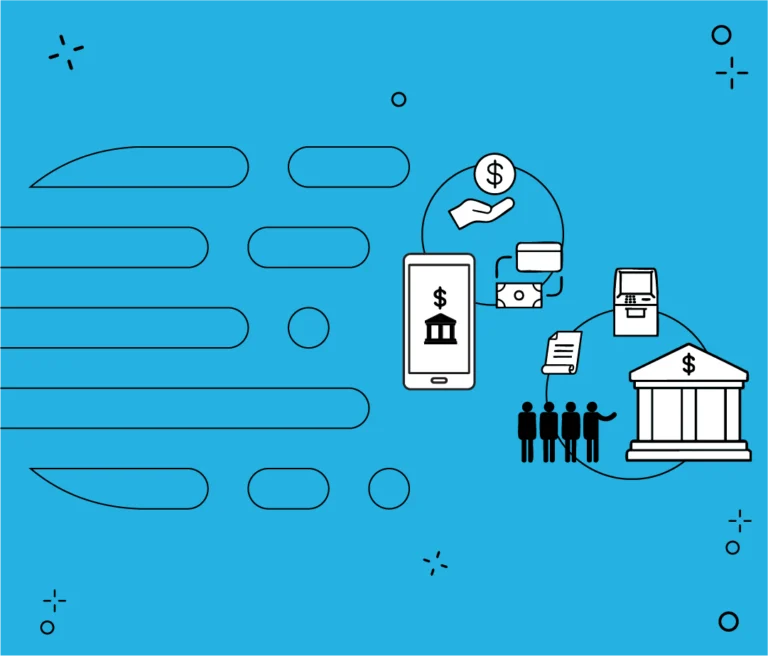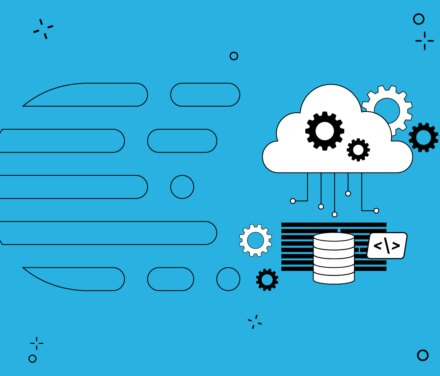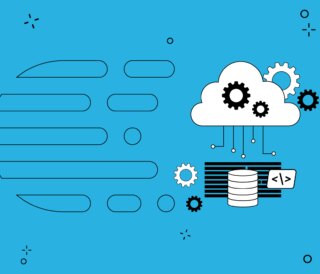The continuous delivery pipeline is essential in modern software development.
Companies must evolve constantly to remain competitive. Optimizing this process improves product quality and accelerates time-to-market. It also strengthens system stability and drives operational efficiency across every stage of the development cycle.
Continuous delivery is a methodology that allows software teams to test, integrate, and release code automatically and efficiently. However, the true value of a continuous delivery pipeline is not just in its automation but in its maturity. A mature pipeline goes beyond mere automation, combining people, processes, and technology to create an agile, scalable, and resilient software delivery process.
A mature pipeline goes beyond mere automation, combining people, processes, and technology to create an agile, scalable, and resilient software delivery process. The continuous delivery process relies on a series of automated stages that allow for the consistent and seamless integration and deployment of code.
Key steps
- Continuous development and integration: Developers submit code to a shared repository, which automatically integrates it with existing code. Each integration is verified through automated tests to quickly identify any bugs.
- Automated testing: Quality and security tests are conducted on every code change to ensure compliance with predefined standards before proceeding to the next stage.
- Automated deployment: Once the code has passed all tests, it is automatically deployed to either a pre-production environment or directly into production, depending on the continuous delivery pipeline’s maturity.
- Monitoring and feedback: Monitoring tools assess the software’s performance in the production environment. Feedback is utilized to identify potential enhancements and to make real-time adjustments, fostering ongoing optimization.
It is important to understand that achieving maturity in a continuous delivery pipeline is a journey. Continuous improvement is the foundation of a sound development philosophy. Therefore, identifying and acting on areas for improvement ensures that the delivery process is constantly evolving and improving.
Read more → User stories: Benefits and keys to meeting customer expectations and requirements
What is the difference between continuous delivery and continuous deployment?
A continuous delivery pipeline automatically integrates and tests code, ensuring it is always ready for deployment to production. However, the decision to deploy it is manual. On the other hand, a continuous deployment pipeline takes this process a step further by fully automating the integration and deployment of code to production, eliminating any need for manual intervention.
Suscribe to our newsletter!
How to improve a continuous delivery pipeline?
Improving a continuous delivery pipeline is crucial and involves focusing on three main areas: people, processes, and technology. Each area plays a vital role in ensuring that the pipeline not only meets current demands but also adapts as requirements evolve:
- People: Promoting a collaborative culture across cross-functional teams ensures alignment among developers, testers, and operations throughout the delivery process. Continuous training and knowledge sharing are essential to keep the team updated and to embrace new methodologies that enhance efficiency.
- Process: Enhancing processes involves reducing friction and optimizing feedback cycles. Targeting smaller, more frequent releases allows for quick user feedback and addresses issues with lower risk. This agile approach also enables a more precise response to customer needs.
- Technology: Utilizing cutting-edge tools and infrastructure is crucial for automating every aspect of the continuous delivery pipeline, from build and testing to deployment and monitoring. However, relying solely on technology is insufficient; it is crucial to continuously evaluate and ensure that the toolchain is integrated and aligned with the goals of quality and efficiency.
Benefits of a mature continuous delivery pipeline

As a continuous delivery pipeline matures, the benefits become apparent across multiple areas:
- Faster feedback: Implementing small, incremental releases allows for early and frequent user feedback, facilitating rapid improvements and continuous product refinement based on actual usage.
- Reduced risk: Small releases make failures easier to manage and isolate. The risk of a failure affecting the entire system is minimized, and changes can be reverted more safely when necessary.
- Improved stability and quality: Continuous integration testing and automated quality checks ensure that each release meets high standards before going into production. Teams collaborate to identify issues early, improving the product’s stability.
- Optimization of resources: Moving away from lengthy release cycles that require significant resources and prolonged downtime optimizes processes. This allows for quick and efficient updates, maximizing resource utilization.
Conclusion
In the constantly evolving software development landscape, viewing the continuous delivery pipeline as an adaptable and evolving system is crucial. This perspective enables companies to implement continuous improvements, ensuring an efficient and scalable workflow. Regular evaluation of the pipeline’s maturity and the application of strategic adjustments not only enhance the quality and speed of deliveries but also improve responsiveness to customer expectations.
At Crombie, we strive daily to enhance our continuous delivery practices. By integrating advanced automation techniques and making decisions based on metrics, we continuously optimize our processes to deliver high-quality software, minimize risks, and maintain customer satisfaction while supporting long-term growth.

Automate your delivery, scale your results
At Crombie, we help tech teams build efficient, secure, and scalable pipelines.
We automate key development processes to accelerate delivery, reduce errors, and improve quality from the very first commit.













Leave a Comment